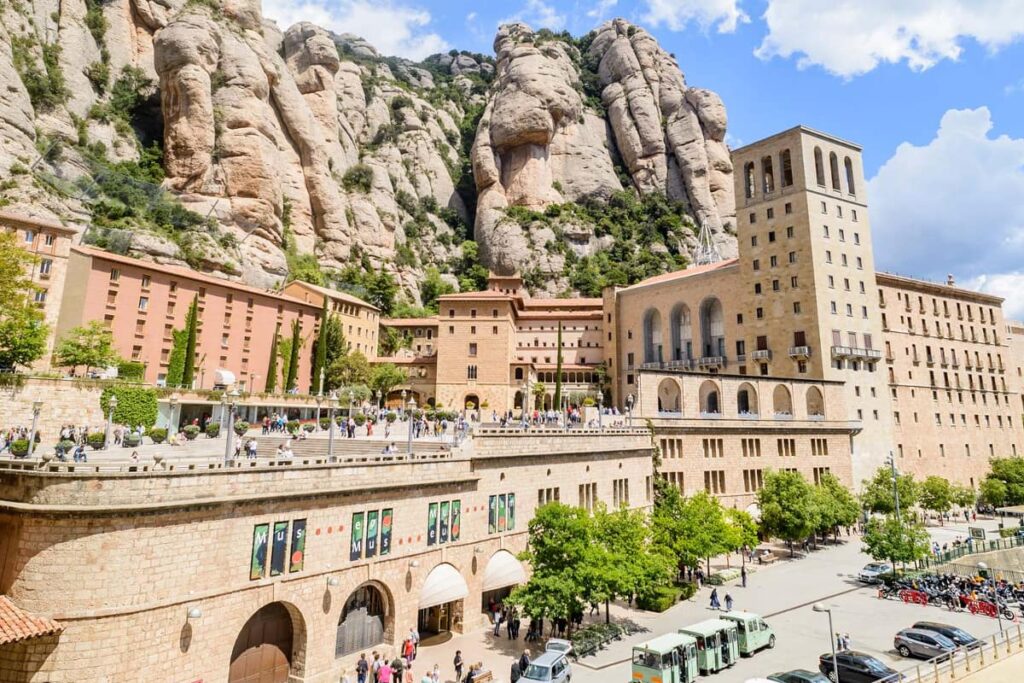Here’s a concise overview of the history of Montserrat, the Caribbean island:
Early History
- Indigenous Peoples: Originally inhabited by the Arawak and later the Carib peoples.
- 1493: Christopher Columbus sighted the island on his second voyage and named it Santa María de Montserrate, after a monastery in Spain.
- The Spanish never settled it, but the name remained.
Colonial Era
- 1632: The British colonized Montserrat, bringing Irish Catholics from St. Kitts. This gave Montserrat the nickname “Emerald Isle of the Caribbean” due to its Irish influence.
- 1666: The French briefly captured the island but the British regained control.
- 17th–18th centuries: Developed a plantation economy based on sugar, using enslaved Africans for labor.
19th Century
- 1834: Slavery was abolished throughout the British Empire.
- Plantation economy declined, and many Montserratians became small-scale farmers or emigrated.
20th Century
- 1950s–1980s: Montserrat saw political development within the British framework, gaining a local constitution and elected government.
- It became a popular tourist spot and offshore banking location.
- 1960s–1980s: Internationally famous AIR Studios was built by music producer George Martin (of Beatles fame), attracting stars like Elton John and Stevie Wonder.
Volcanic Eruption and Aftermath
- 1995: The Soufrière Hills volcano erupted, devastating the capital Plymouth and forcing the evacuation of two-thirds of the population.
- Thousands emigrated to the UK and other countries.
- The southern half of the island remains an exclusion zone.
- A new capital and infrastructure are being built in the north, near Brades and Little Bay.
Present Day
- Montserrat remains a British Overseas Territory with internal self-government.
- The island is rebuilding and focusing on eco-tourism, geothermal energy, and small-scale agriculture.
- Its population is much smaller than before the eruptions, but it’s known for its resilience, Irish-Caribbean culture, and lush natural beauty.


